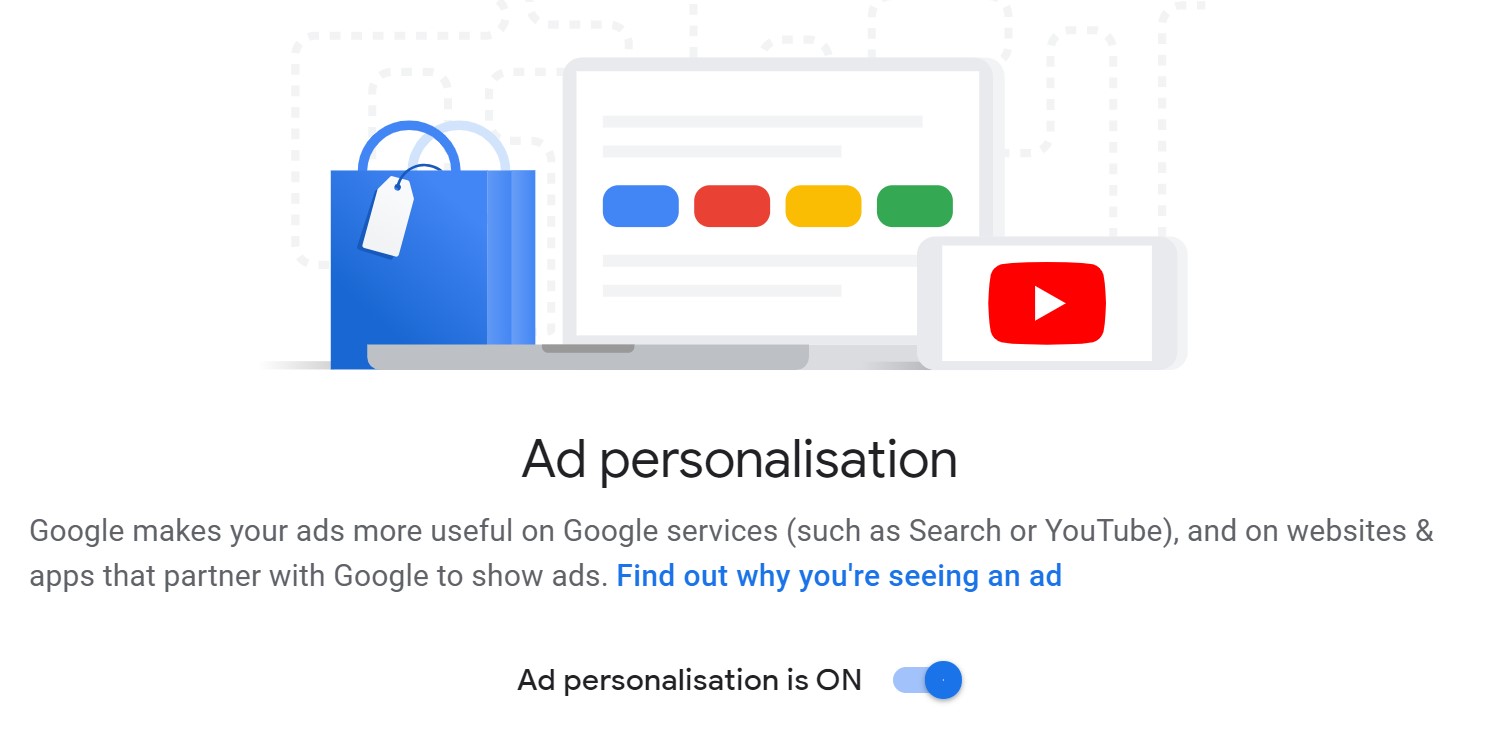Data Driven Digital Marketing

I’ve been downloading and sharing my social media and search data with some of my Digital Marketing students to illustrate key points about data collection.
Doing this exercise in a class earlier this year gave us a vivid illustration of one of the major differences between Google and Facebook in how they collect user data. This year, the results were not what we expected.
Read on and learn with me and my students about the different types of data used in digital marketing, and which of these two major online platforms got the data right.
Data in Digital Marketing
One of the biggest developments in my specialism - marketing, particularly digital marketing – over the past twenty years, is the rise of data. I find data fascinating as a topic for students, as it really opens their eyes to what is happening around them every day. It’s a very relatable topic which allows students to draw on their own real life experiences.
This blog forms a light touch introduction to the use of data in marketing – why businesses collect data, how they use it and why they use it. I’m going to draw on my experience of teaching this topic and also some personal reflection.
Digital Marketing in Action
This blog post draws on two areas of marketing theory that I’ve been exploring with my undergraduate students this year.
Firstly, the increased use of data in digital marketing to personalise the user experience.
Secondly, how data is used to profile, or segment groups of customers into ‘chunks', so that companies can identify which customers are more serviceable and are likely to behave and respond to marketing communications in positive ways.
Why do Businesses Collect and Use Customer Data?
Marketing, at its core, is about getting close to consumer groups, to better understand their needs and provide solutions. Gathering data allows us to do this on a very personal level, providing opportunities for tailored marketing communications which are highly relevant to customer needs.
People respond better to messages, promotions and communications that are tailored to their needs, wants and interests.
“If You Can’t See the Product, You Are The Product”
Online advertising platforms use data to better personalise the user experience to increase visitor numbers and user engagement. All of this is used to generate revenue.
Facebook generates revenue by better understanding it’s users, serving them relevant content and adverts, and charging advertisers for the privilege. It’s the opposite of content providers such as Netflix, Amazon, Spotify and the like for which you pay to consume content.
In fact, I’d argue that Facebook stopped being a social network many years ago, when it realised that the key to monetising its’ global audience wasn’t through subscription – it was through advertising. It became a content provider.
Profiling and Targeting Customer Segments
The other use of data is by segmenting, or ‘chunking’ markets into segments that are serviceable and likely to respond and behave in similar ways. Broadly speaking, there are two ways of dividing customers into useful segments – profile characteristics and behavioural characteristics.
Profile characteristics include facts such as demographics, your age, gender, location and social class- information about individuals which for the most part are pretty fixed and hard to change.
Behavioural characteristics are about grouping people together based not on who they are, but on what they do. This incudes things like buying habits, frequency, benefits sought etc.
Data for Personalisation
My students’ core text argues that profile segmentation is actually quite limited, and that behavioural segmentation is a much more accurate way of learning about a customer. To illustrate this point about the superiority of behavioural segmentation to the class, I downloaded a copy of my Facebook and Google data and shared it with them.
Facebook and Google collect data on their users to provide content and advertising geared to their interests. Both Facebook and Google approach this in slightly different ways. Facebook knows my demographic profile – my name, my age (date of birth at sign up), occupation, relationship status, location, favourite sports teams and so on. Facebook knows this information because I volunteered it.
Google learns about me through my behaviours. It builds a profile of me based not on who I am, but on what I do. I should say, Facebook does this too – but not to the same degree. My Facebook data knew which football team I support, the films I enjoy watching and the music I like listening to. It knew I worked in marketing, in Higher Education and that I lived in North Wales. Other than swashbuckling films and barbershop music (me neither), it was pretty routine stuff.
My Google data on the other hand was far more insightful.
It gets off to a good start – it’s made a decent guess at my age and gender. Interestingly it thought my partner was much older than she is, much to her annoyance. Remember – it’s learning this through monitoring things that I do. I haven’t volunteered any of this information.

It knows through my behaviours that I’m interested in business, business news and that I do have a cat. So far so good.

It knew I worked in marketing – as did Facebook. It also thought I was married – and actually got this wrong. While happily living with my partner of many years we’ve not yet tied the knot.

Here’s where it got interesting. The many times I’ve run this exercise I’ve been greeted with this:

For those that don’t know me, the biggest change in my life in the last 12 months is that my partner and I had our first child during lockdown – our son Jack. I’ve become a Dad for the first time. Google, to its credit, has worked this out. This was the first time I’d seen this. Google confidently thinks that I am a parent of a 0-1 year old infant.

Now I’m seeing adverts across it’s entire Google network for baby related items – baby care, baby transport, baby toys.

What’s so interesting is, despite my Facebook being full of photos of my son in my posts and those my partner tags me in, and to the delight of my marketing students – Facebook is yet to work out I’m a new dad.
Facebook hasn’t joined up the dots or the data to create an accurate up-to-date user profile of me. There isn’t a single interest topic, or ad interest that relates to babies, children, parenting or fatherhood listed in my Facebook data.
Google on the other hand has. Google has a more accurate profile of me based on my behaviours. It’s not perfect – but it’s pretty good.
I like to imagine when it does, some sort of siren will go off in a supercomputer in California when Facebook connects the dots and does realise that I’m a Dad. I’ll no doubt find out when I start seeing Facebook ads for baby toys, on my news feed. I’ve promised to let my students know when I do.
And so to finish...
I hope you found that an interesting insight into the world of data in digital marketing. You can try this exercise yourself at home by visiting Google’s Ads Settings.

Why not download and compare your Facebook and Google data – which was more accurate I wonder?
If you’d like to learn more about data, or digital marketing in general - our Marketing Essentials for Business online short course. The next entry point for our CIM Digital Marketing Diploma is in September. Should you require any further information please contact enterprise@glyndwr.ac.uk.